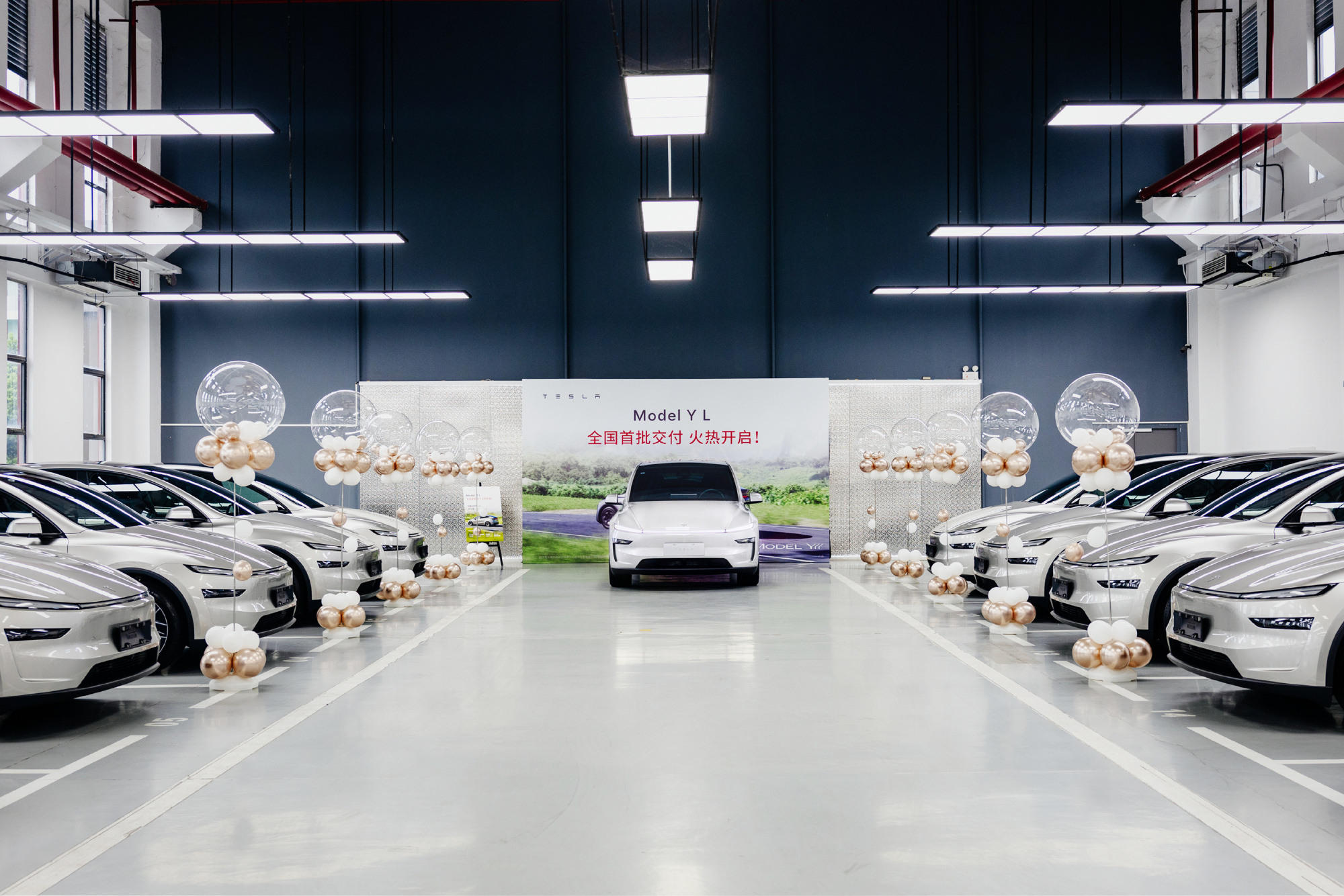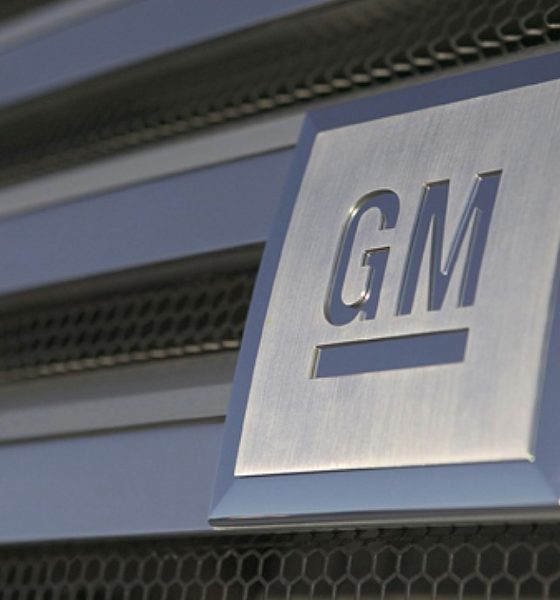General Motors has inked a new cobalt supply deal with Glencore PLC, a mining company that has dealt with EV leader Tesla in the past, as electric vehicle material availability becomes more unpredictable.
As electric vehicles and the sector’s development continue to heat up, fueled by consumer sentiment that could shift a significant transition away from gas-powered cars, large automakers are stocking up on potential supplies.
This strategy among automakers is especially relevant with EV battery materials, which have swelled to record levels as demand increases. Companies like Tesla, Rivian, and Ford have outlined their strategies for avoiding major bottlenecks in their EV supply chain. Some have transitioned to different battery materials depending on a vehicle’s range rating. Other automakers have attempted to stock up on some materials, including battery metals or semiconductor chips.
GM has chosen to stock up on cobalt, evident in its new deal with Glencore. Tesla secured a deal with Glencore for twelve million pounds of cobalt annually in early 2020. The deal was set to supply Tesla’s Shanghai and Berlin Gigafactories with the metal to avoid a future shortage. Tesla has attempted to shift away from cobalt-dominant cells, and in its 2019 Impact Report stated that its suppliers are required to follow the company’s “Supplier Code of Conduct” and its “Human Rights and Conflict Minerals Policy” when dealing with controversial metals.
GM to expedite Hummer EV production as reservations increase to 65,000
Cobalt is an advantageous material to use in EV batteries due to its ability to regulate cell temperature and help with life cycle length.
GM’s cobalt will come from Glencore’s Murrin Murrin mine in Australia, which is “conformant with the OECD-aligned Responsible Minerals Assurance Process.“ The mined cobalt will be used in GM’s Ultium batteries, which are used in its new lineup of EVs, including the GMC Hummer EV, Chevrolet Silverado EV, and Cadillac Lyriq, a joint statement from the companies said.
Both General Motors and Glencore are members of the Responsible Minerals Initiative (RMI).
“GM and our suppliers are building an EV ecosystem that is focused on sourcing critical raw materials in a secure sustainable manner,” GM’s VP of Global Purchasing and Supply Chain, Jeff Morrison, said. “Importantly, given the critical role of EVs in reducing the carbon footprint of the transportation sector, this agreement is aligned with our approach to responsible sourcing and supply chain management.”
GM plans to have an annual production capacity of one million electric vehicles by 2025.
I’d love to hear from you! If you have any comments, concerns, or questions, please email me at joey@teslarati.com. You can also reach me on Twitter @KlenderJoey, or if you have news tips, you can email us at tips@teslarati.com.

News
Tesla Europe rolls out FSD ride-alongs in the Netherlands’ holiday campaign
The festive event series comes amid Tesla’s ongoing push for regulatory approval of FSD across Europe.

Tesla Europe has announced that its “Future Holidays” campaign will feature Full Self-Driving (Supervised) ride-along experiences in the Netherlands.
The festive event series comes amid Tesla’s ongoing push for regulatory approval of FSD across Europe.
The Holiday program was announced by Tesla Europe & Middle East in a post on X. “Come get in the spirit with us. Featuring Caraoke, FSD Supervised ride-along experiences, holiday light shows with our S3XY lineup & more,” the company wrote in its post on X.
Per the program’s official website, fun activities will include Caraoke sessions and light shows with the S3XY vehicle lineup. It appears that Optimus will also be making an appearance at the events. Tesla even noted that the humanoid robot will be in “full party spirit,” so things might indeed be quite fun.
“This season, we’re introducing you to the fun of the future. Register for our holiday events to meet our robots, see if you can spot the Bot to win prizes, and check out our selection of exclusive merchandise and limited-edition gifts. Discover Tesla activities near you and discover what makes the future so festive,” Tesla wrote on its official website.
This announcement aligns with Tesla’s accelerating FSD efforts in Europe, where supervised ride-alongs could help demonstrate the tech to regulators and customers. The Netherlands, with its urban traffic and progressive EV policies, could serve as an ideal and valuable testing ground for FSD.
Tesla is currently hard at work pushing for the rollout of FSD to several European countries. Tesla has received approval to operate 19 FSD test vehicles on Spain’s roads, though this number could increase as the program develops. As per the Dirección General de Tráfico (DGT), Tesla would be able to operate its FSD fleet on any national route across Spain. Recent job openings also hint at Tesla starting FSD tests in Austria. Apart from this, the company is also holding FSD demonstrations in Germany, France, and Italy.
News
Tesla sees sharp November rebound in China as Model Y demand surges
New data from the China Passenger Car Association (CPCA) shows a 9.95% year-on-year increase and a 40.98% jump month-over-month.

Tesla’s sales momentum in China strengthened in November, with wholesale volumes rising to 86,700 units, reversing a slowdown seen in October.
New data from the China Passenger Car Association (CPCA) shows a 9.95% year-on-year increase and a 40.98% jump month-over-month. This was partly driven by tightened delivery windows, targeted marketing, and buyers moving to secure vehicles before changes to national purchase tax incentives take effect.
Tesla’s November rebound coincided with a noticeable spike in Model Y interest across China. Delivery wait times extended multiple times over the month, jumping from an initial 2–5 weeks to estimated handovers in January and February 2026 for most five-seat variants. Only the six-seat Model Y L kept its 4–8 week estimated delivery timeframe.
The company amplified these delivery updates across its Chinese social media channels, urging buyers to lock in orders early to secure 2025 delivery slots and preserve eligibility for current purchase tax incentives, as noted in a CNEV Post report. Tesla also highlighted that new inventory-built Model Y units were available for customers seeking guaranteed handovers before December 31.
This combination of urgency marketing and genuine supply-demand pressure seemed to have helped boost November’s volumes, stabilizing what had been a year marked by several months of year-over-year declines.
For the January–November period, Tesla China recorded 754,561 wholesale units, an 8.30% decline compared to the same period last year. The company’s Shanghai Gigafactory continues to operate as both a domestic production base and a major global export hub, building the Model 3 and Model Y for markets across Asia, Europe, and the Middle East, among other territories.
Investor's Corner
Tesla bear gets blunt with beliefs over company valuation

Tesla bear Michael Burry got blunt with his beliefs over the company’s valuation, which he called “ridiculously overvalued” in a newsletter to subscribers this past weekend.
“Tesla’s market capitalization is ridiculously overvalued today and has been for a good long time,” Burry, who was the inspiration for the movie The Big Short, and was portrayed by Christian Bale.
Burry went on to say, “As an aside, the Elon cult was all-in on electric cars until competition showed up, then all-in on autonomous driving until competition showed up, and now is all-in on robots — until competition shows up.”
Tesla bear Michael Burry ditches bet against $TSLA, says ‘media inflated’ the situation
For a long time, Burry has been skeptical of Tesla, its stock, and its CEO, Elon Musk, even placing a $530 million bet against shares several years ago. Eventually, Burry’s short position extended to other supporters of the company, including ARK Invest.
Tesla has long drawn skepticism from investors and more traditional analysts, who believe its valuation is overblown. However, the company is not traded as a traditional stock, something that other Wall Street firms have recognized.
While many believe the company has some serious pull as an automaker, an identity that helped it reach the valuation it has, Tesla has more than transformed into a robotics, AI, and self-driving play, pulling itself into the realm of some of the most recognizable stocks in tech.
Burry’s Scion Asset Management has put its money where its mouth is against Tesla stock on several occasions, but the firm has not yielded positive results, as shares have increased in value since 2020 by over 115 percent. The firm closed in May.
In 2020, it launched its short position, but by October 2021, it had ditched that position.
Tesla has had a tumultuous year on Wall Street, dipping significantly to around the $220 mark at one point. However, it rebounded significantly in September, climbing back up to the $400 region, as it currently trades at around $430.
It closed at $430.14 on Monday.











